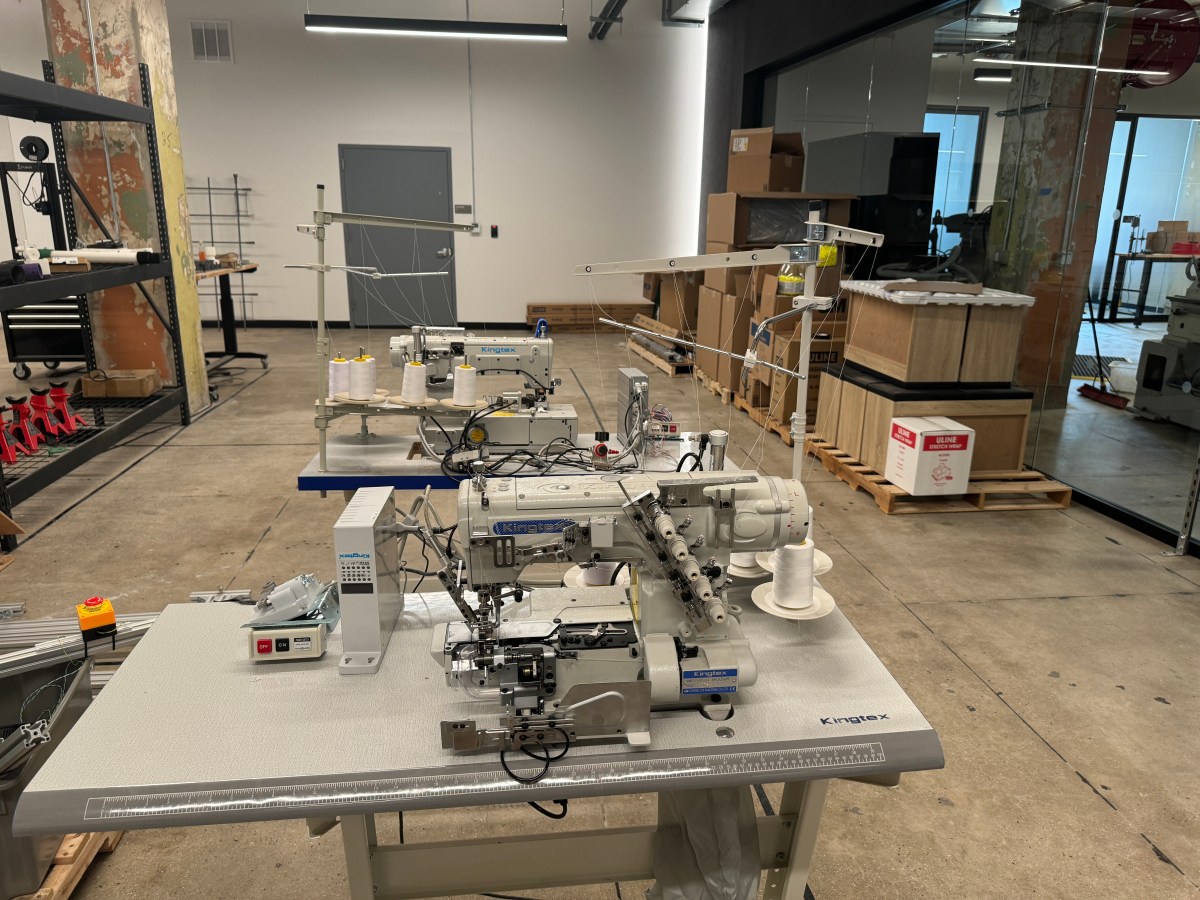Minidisc FAQ: Hi-MD Topics
In DWDD, the recording medium is actually a 3 layer sandwich consisting of (from top to bottom) the displacement (aka readout) layer, the switching layer, and the memory layer. When the switching layer is heated to its Curie temperature (which is below the Curie temperatures of the memory and readout layers), it allows a small magnetic domain in the memory layer to appear larger than it really is in the readout layer.
The Magnetic Super Resolution technique was first discovered by Sony, and Sony has a DWDD patent that references 4 Canon patents. See Canon's DWDD explanation for further information.
[*Magneto-optical systems like Minidisc that use Magnetic Field Modulation are able to record domains smaller than the laser spot because they actually create crescent shaped regions that are magnetized as the recording layer cools below its Curie temperature. The size of these regions is determined by the switching rate of the signal sent to the magnetic head. See Sony's pictoral description of MO systems].
Several changes were responsible for the increase in capacity: The way data bits are encoded into bits on the disk (the modulation system) was changed from EFM ("Eight to Fourteen Modulation", the Compact Disc's method) to the more efficient RLL1,7 (typical of hard drives). The readout electronics were changed from a simple peak detector to a more sophisticated Partial Response Maximum Likelihood ("PRML") system that essentially uses digital signal processing techniques to extract the disk data signal from inter-symbol noise, allowing bits to be packed closer together. The error correction system and "sector structure" were changed to increase data packing efficiency to 80% (Sony doesn't mention what these changes were however). Changes #1 and #2 brought a factor of 1.38x, #3 brought 1.48x, for a total of 2.04x.




















